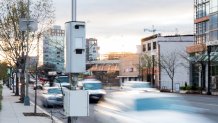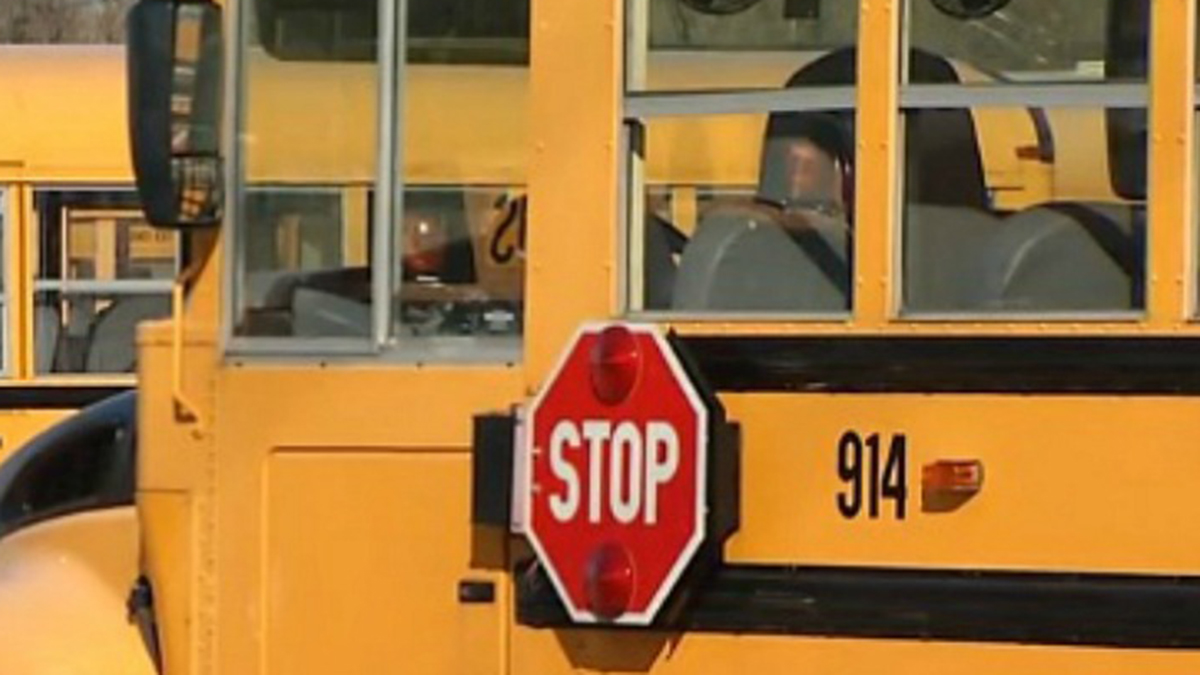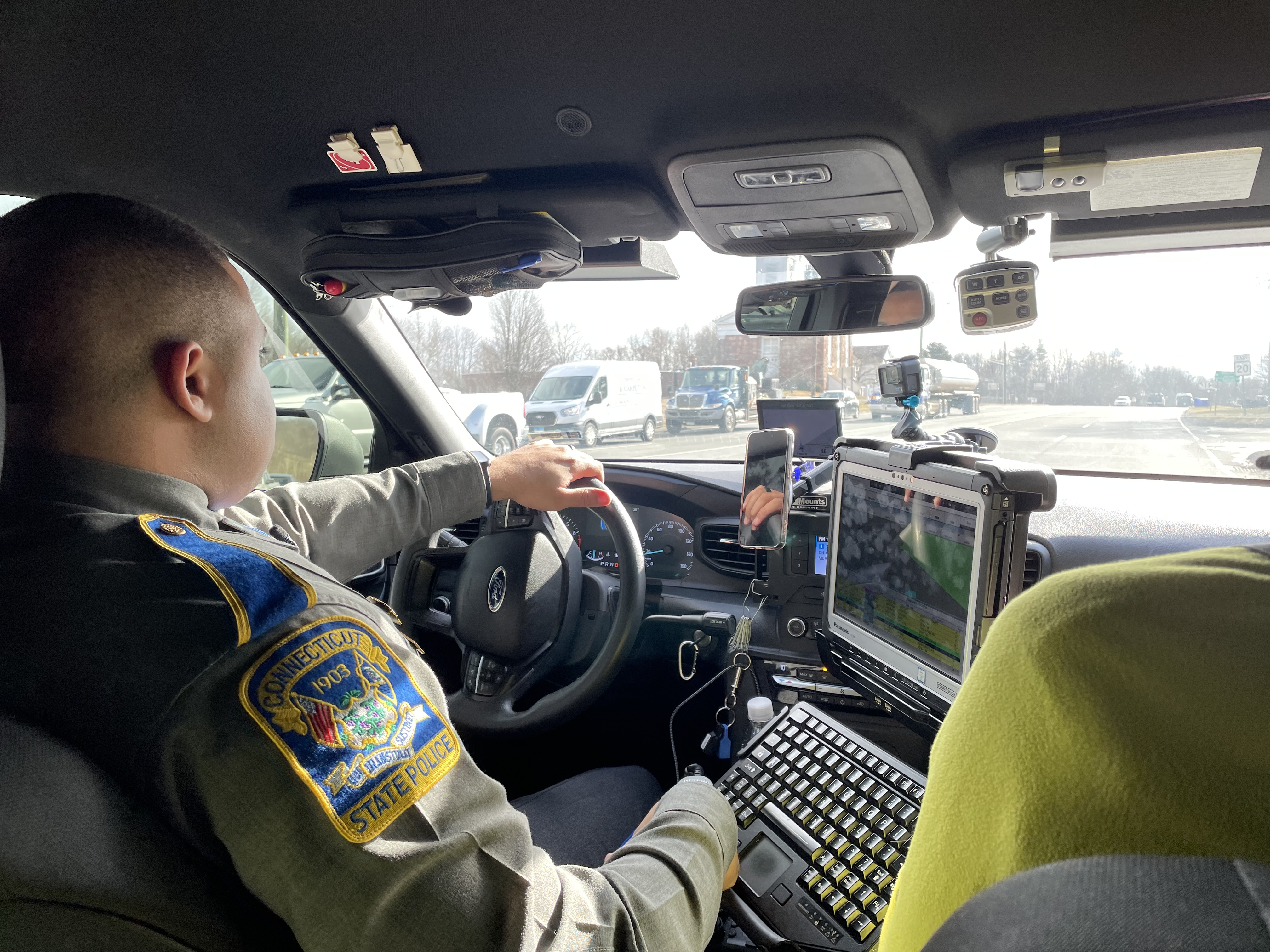In our continuing series, “Reckless on Our Roads,” NBC Connecticut Investigates has tracked the increase in dangerous driving in our state, and the search for solutions.
One idea getting adopted in some Connecticut towns and cities is automated traffic light enforcement with cameras - that means tickets and fines for red light runners.
But while this might prevent one kind of accident from occurring, it may cause another.
Jon Harwood said he remembers the day his intolerance for bad driving hit a whole new level.
Get top local stories in Connecticut delivered to you every morning. Sign up for NBC Connecticut's News Headlines newsletter.
He was making a left onto a highway on ramp when “we got the green arrow. Person in front of me…when I followed suit and then wham, sideswiped passenger side. Truck going probably about 30 miles an hour,” Harwood said.
He said he was hit by a red light runner. Neither he nor his passengers were seriously hurt, but his Camaro Z28 T-top took the brunt of the crash.
“Sad the car's gone, that's my favorite car of all times,” Harwood said.
Harwood’s accident took place years ago. And anyone can tell you, the driving in Connecticut has not gotten better since then, especially during and following the pandemic.
State data indicated there were almost 2,200 crashes involving red light runners last year, a figure that has gradually risen since 2018.

Among many reforms to make driving on our roads safe again, lawmakers now have allowed towns and cities to have automated traffic light cameras. They will take a photo of your license plate and send you a ticket if you blow through a red light.
The success of traffic light cameras is hard to dispute, according to the Insurance Institute for Highway Safety (IIHS).
“We are seeing, you know, a good number of communities that have used them and have used them successfully, and have been reducing their red light running fatality rates,” Vice President of Research Jessica Cicchino said.
Sounds great, but there’s one small problem.
The IIHS said while studies indicate the automated enforcement has reduced dangerous T-bone and other crashes by red light runners by 25%, at the same time, the number of people getting rear-ended at these same intersections has gone up roughly 15%. They say it’s because people are braking suddenly to avoid getting a ticket.
Eric Jackson, executive director of UConn’s Traffic Safety Institute, said this is a swap he’d take.
“You end up trading a very severe, highly injury producing crash with a less severe rear-end type collision. So if you're in a side impact crash, there's very little between the thickness of the door in that car that's actually hitting you. But if you're in a rear -end crash, you have a lot more car to basically absorb that energy before it goes into your body,” Jackson said.
West Hartford Town Manager Rick Ledwith also has served on West Hartford’s Vision Zero task force, whose main principle is deaths and serious injuries caused by traffic crashes…are preventable.
“We've identified 70 different road projects we're going to work on,” he said.

Ledwith added his team is aware of the potential for more rear-end crashes at the dozen plus intersections where traffic light cameras may go.
“We hope not to see that. But certainly, the impact of [a] rear-end crash is less significant than someone getting T-boned going 30 miles an hour through a red light that they shouldn't be going through,” Ledwith said.
He also pointed out red light cameras present even more positives for bicyclists, runners and walkers, who do have to worry about red-light runners, but not getting rear-ended.
“Those folks are so vulnerable, walking through an intersection,” Ledwith said.
When it comes to red light cameras, Jon Harwood hopes some of the towns and cities east of the Connecticut River also consider deploying them.
“They should be everywhere. People need to be held accountable for driving like idiots. Possibly hurting people,” Harwood said.
The IIHS said towns and cities can also tinker with the amount of time the yellow caution light is up before the red, so drivers have a little more time to stop. It’s usually somewhere between three and four seconds.
“We want to make sure that the signal is timed correctly so that people have enough time to see the yellow and, you know, be able to stop at the yellow light,” Cicchino said.
Jackson said once the automated red light enforcement is up and running, his team at UConn plans to research other potential impacts.
For instance, he said it’s possible that over time, people will just avoid the intersections with the automated enforcement, and just run through red lights on adjacent streets.




